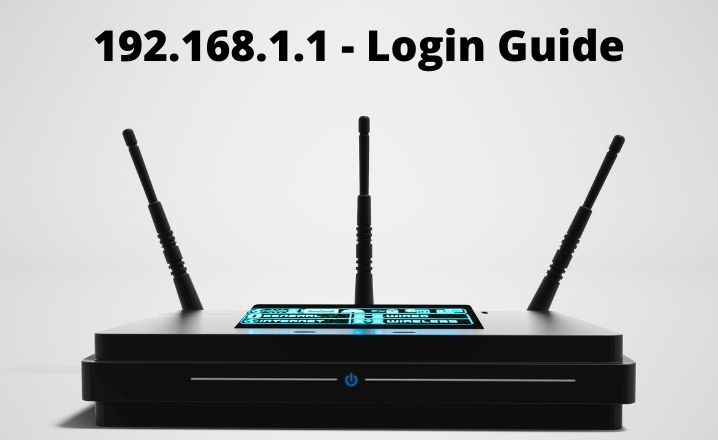192.168.1.1 is a private IP address for logging into a router’s administration screen. 192.168.l.l is pre-specified as the default gateway address by the router enterprises and can be used to adjust the router setting in various ways.
How to Login to 192.168.1.1?
Follow these steps to Login 192.168.1.1 –
- Open a web browser and enter the URL bar for your browser at http://192.168.1.1 or 192.168.1.1.
- A login page is added, which asks for the username and password of the login.
- In the fields, you specify a username and password.
- You are now logged into the router’s administrative panel.
Try using a various IP address – 192.168.0.1 or 10.0.0.1 if you are unable to reach the admin panel of the router at 192.168.1.1.
Forgot IP Address Username and Password?
If the username and password of the IP address have been forgotten or are not working, you may –
- See the manual/box or the router back. (or search user and password list by default).
- You have to restart the factory if you changed the password and lost or forgot. Check the back of your router and check for a tiny secret RESET button. Press and hold this button with a paper clip or a needle for about 10-15 seconds. The router restarts itself and returns to the default configuration.
How to Change Route IP Address?
Your internet service provider presets the default IP gateway address, but a user may change it to the unique needs. It is also modified to discourage poor people from accessing your admin panel, stopping DDoS attacks, or adding an additional protection layer. So what do you do –
NETGEAR:
- Login to 192.168.1.1, or 192.168.0.1 or you can access the Netgear router settings page through
- http://www.routerlogin.net or http://www.routerlogin.com.
- The username is admin by default and the password is password.
- When you log in to Advanced > go to “Setup” > Setup LAN from the left hand.
- You can see the IP address under LAN TCP/IP Setup. As preferred, change 10.10.10.1.
- Apply Changes and reboot the system to update settings.
TP-Link:
- Login at 192.168.0.1 or 192.168.1.1 (user name and password is admin and admin is the default admin panel)
- Go to Advanced > Network > LAN settings.
- You can update it to your preferred address as 192.168.1.2 under the field “IP Address.”
- Save and the router reboots the updates in order to implement them.
D-Link:
- Login to the settings page of your router (username: admin & password: admin/blank)
- Go to Setup > Configuration of the network.
- The router IP address field is now open.
- Change it as preferred and Save Settings.
In any case, if something goes wrong during the process, you can reset your router to the default factory configuration to revert all configurations.
To avoid unauthorized access, protecting your WiFi network is crucial.
Change it as preferred and Save Settings.
Follow simple rules such as WPA2 encryption, setup of strong passwords, disabling WPS can add protection, being an old sync between networks, allowing filtering MAC addresses, and upgrading your firmware from time to time. A full guide on how to secure your WiFi network is given here.
Getting Connected with Router
Here are four important steps before you start configuring the router.
Internet connection – check whether the available internet connection works directly with a laptop or tablet, or not by attaching the Ethernet/ISP cable.
Router unbox – Typically, the router is accompanied by a manual that specifies its default router password and username. The router should preferably be located on a higher level and central.
Connect to the power source – it will take some time to boot your router. If the router is ready for use, a green light or information in the manual is usually specified.
Connect the router to the source of the Internet: Connect to the Internet port of the router with the broadband cable/DSL modem/ISP gateway cable. Typically this port is colored or placed in a different position.



